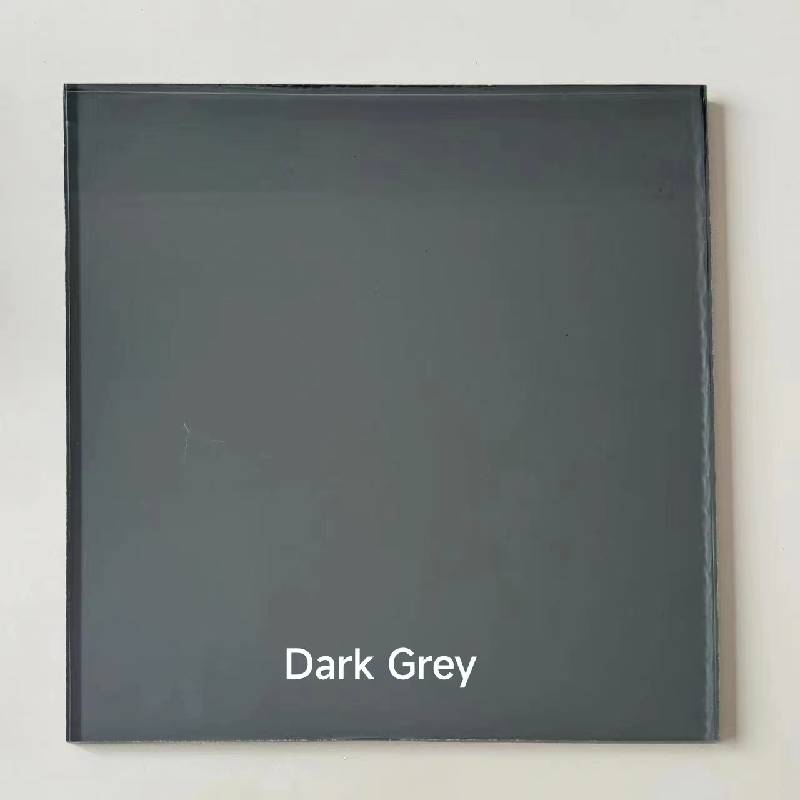

Exploring Solar Low E Glass The Future of Energy-Efficient Building Materials
In the quest for sustainable architecture and energy efficiency, one innovative material that stands out is Solar Low E (Low Emissivity) glass. This specialized glazing has transformed how we think about windows and their role in buildings. By combining cutting-edge technology with architectural aesthetics, Solar Low E glass offers compelling benefits that not only enhance energy efficiency but also improve occupant comfort.
What is Solar Low E Glass?
Solar Low E glass is a type of insulated glass that has a special coating designed to minimize the amount of infrared and ultraviolet rays that can enter a building without compromising visible light transmission. This coating reflects heat back to its source, whether in winter or summer. Essentially, Solar Low E glass works as an energy-efficient barrier, helping to maintain a consistent indoor temperature and reducing the load on heating, ventilation, and air conditioning (HVAC) systems.
Benefits of Solar Low E Glass
1. Energy Efficiency One of the primary advantages of Solar Low E glass is its ability to increase a building's energy efficiency. By reflecting solar radiation and decreasing heat transfer, buildings can significantly reduce their reliance on HVAC systems. This reduction in energy consumption leads to lower utility bills, making it an economical choice over time.
2. Comfort Enhancement With Solar Low E glass, occupants enjoy a more comfortable living or working environment. By minimizing glare and maintaining stable indoor temperatures, this glass helps to create a pleasant atmosphere. The reduction of hot spots near windows ensures that all areas of a room feel comfortable, which is particularly important in residential as well as commercial buildings.
3. UV Protection Solar Low E glass also filters out harmful ultraviolet rays, which can fade furnishings, artwork, and flooring over time. This additional protective layer prolongs the life and vibrancy of indoor materials, ultimately conserving energy by reducing the need for replacements and repairs.

4. Aesthetic Appeal Modern Solar Low E glass is available in various finishes and designs, enabling architects and builders to incorporate it seamlessly into diverse building styles. Whether constructing a sleek modern office or a cozy residential property, the aesthetic versatility of this glazing allows for both function and beauty.
5. Environmental Impact In an age where sustainability is paramount, using Solar Low E glass contributes to reducing the overall carbon footprint of a building. By lowering energy consumption, buildings not only save money but also lessen their environmental impact, aligning with global initiatives aimed at combating climate change.
Applications in Architecture
Solar Low E glass has found applications in numerous architectural projects. From skyscrapers to residential homes, this technology can be integrated into windows, doors, and facades. In commercial settings, it plays a pivotal role in green building certifications, such as LEED (Leadership in Energy and Environmental Design), where energy efficiency is a critical criterion.
Additionally, developers are increasingly considering Solar Low E glass in renovations of older buildings, upgrading their energy efficiency and comfort levels without compromising historic integrity. In new constructions, the incorporation of Solar Low E glass can lead to significant long-term savings and enhanced property value.
Conclusion
As the world continues to evolve towards sustainability and energy efficiency, Solar Low E glass stands as a beacon of innovation in the construction industry. By offering myriad benefits, including reduced energy costs, enhanced comfort, and aesthetic appeal, this glazing technology is poised to play a crucial role in the future of building design. For architects and builders looking to contribute to a greener planet while satisfying their clients' desires for modern, inviting spaces, Solar Low E glass is an exceptional choice that meets the challenges of contemporary architecture head-on. The adoption of such materials not only benefits individual buildings but also contributes to a larger movement towards sustainable living and responsible resource use, shaping a brighter future for generations to come.